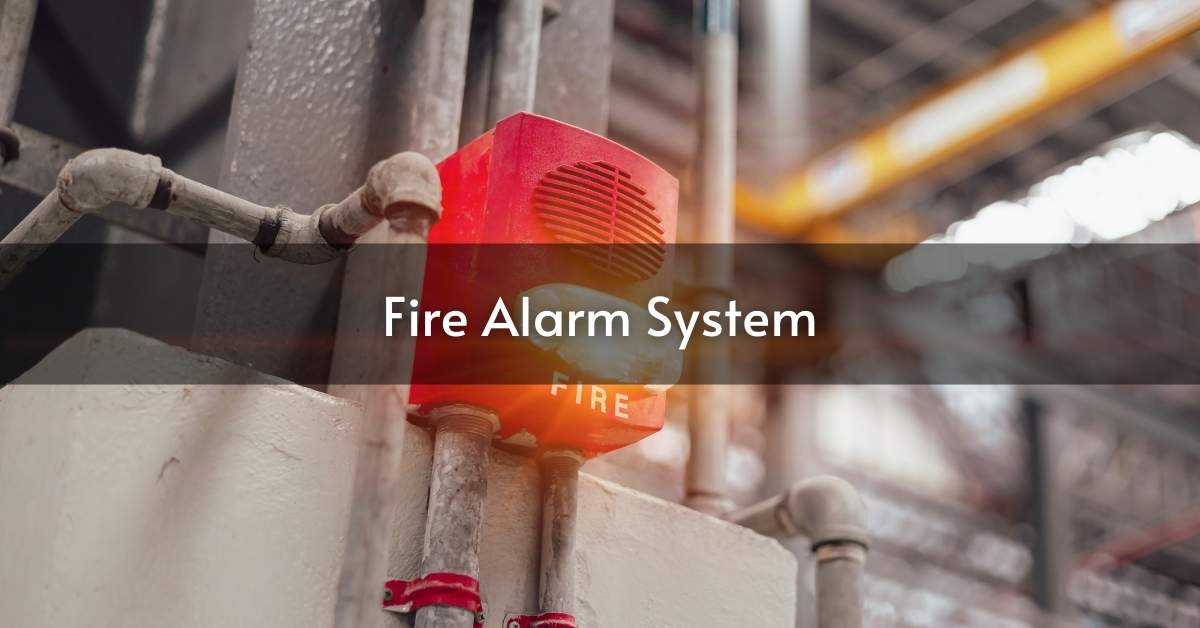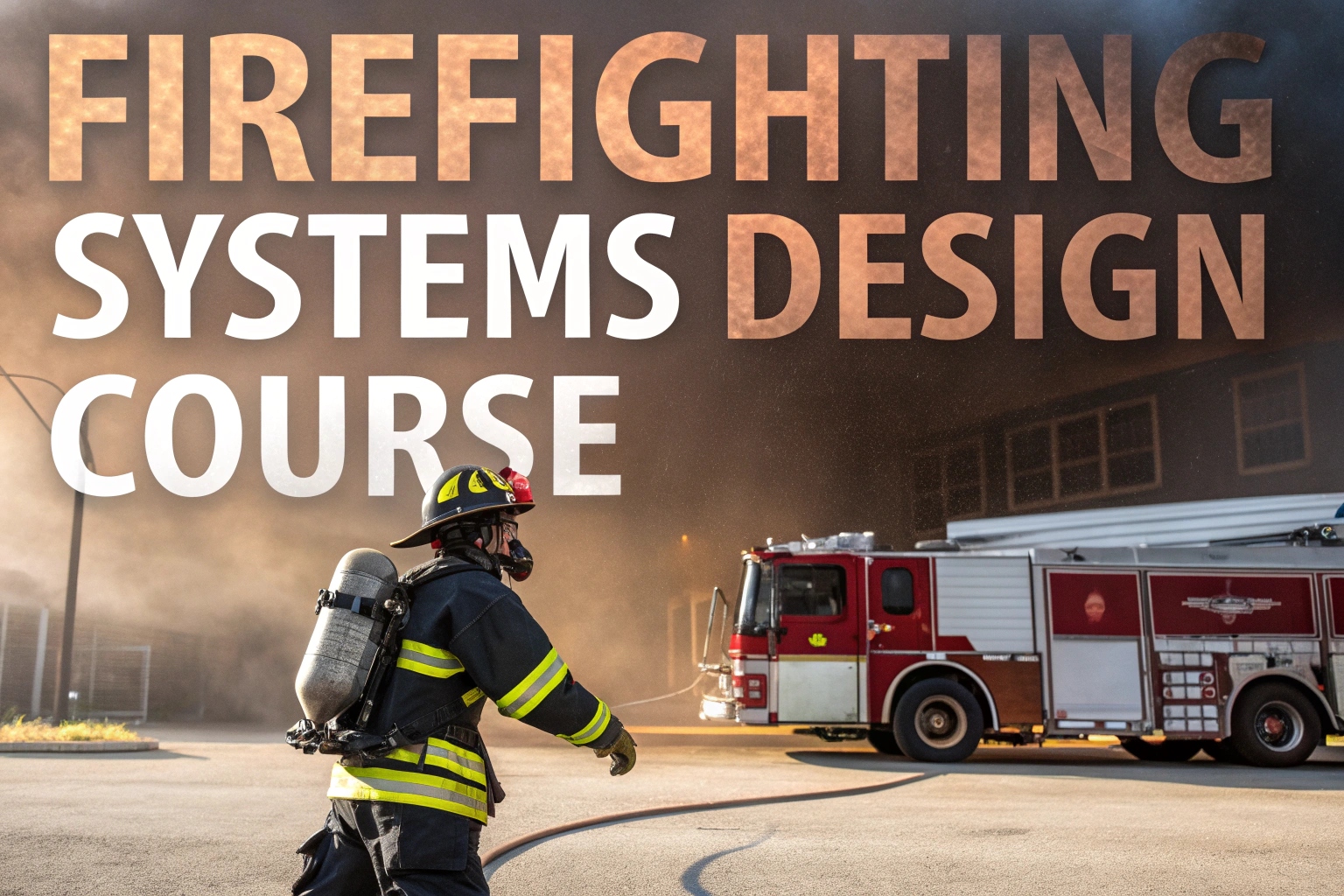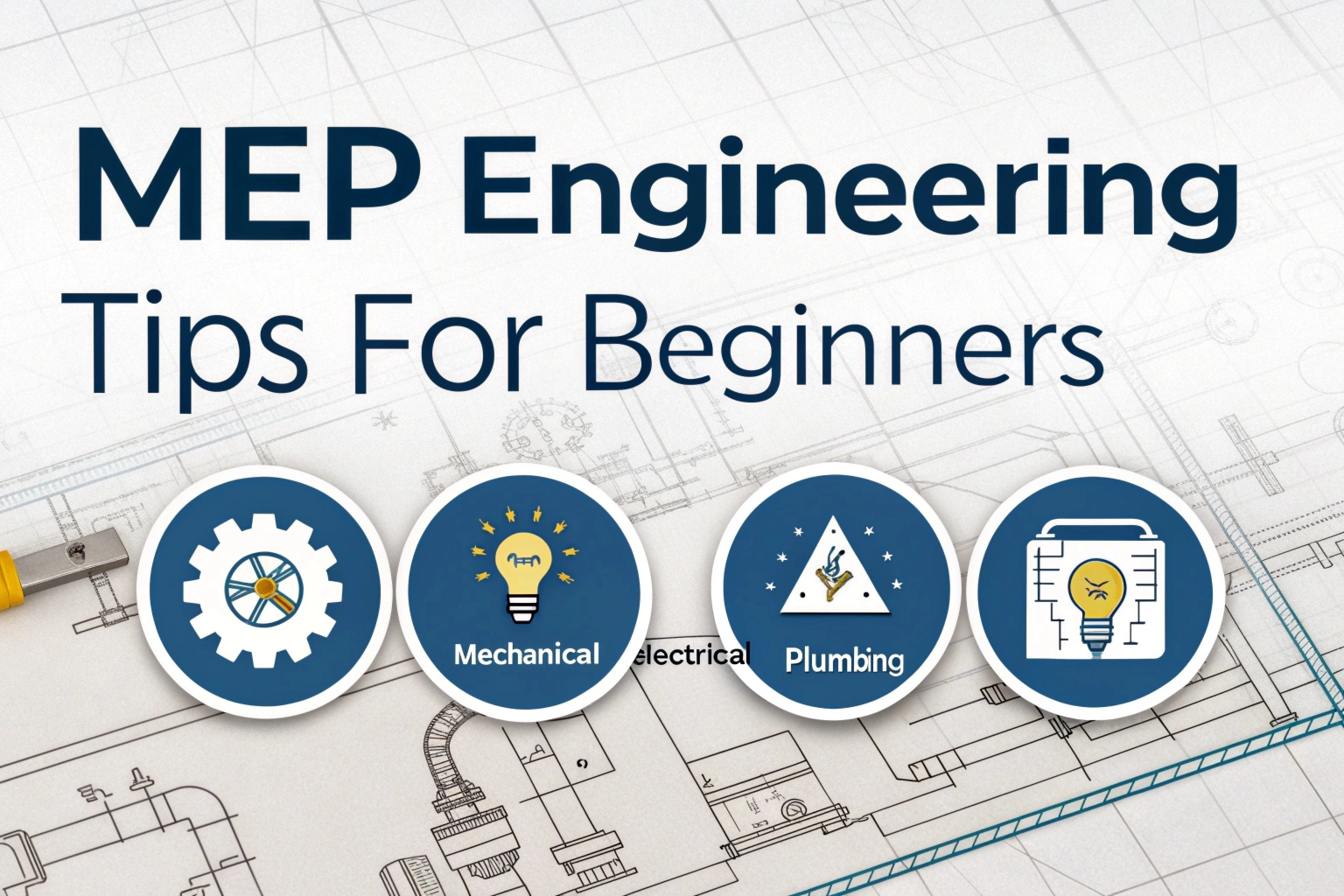A fire alarm system includes different electronic devices that work together to detect fires and alert people about emergencies. Over time, these systems have become more advanced. This guide will explain the key parts of a fire alarm system and how you can use this important technology. In this blog, we will cover how fire alarm systems work, their components, installation, and how they help keep people safe during emergencies.
What is a Fire Alarm System?
Fire alarm systems have come a long way since Francis Robbins Upton, who worked with Thomas Edison, created the first automatic alarm in 1890. In 1902, George Andrew Darby from England invented the first heat and smoke detectors. By 1965, battery-powered smoke alarms were available. Since the 1980s, building rules have required battery-powered smoke alarms.
A fire alarm system is a group of devices that work together to detect fires and warn people nearby. Its main goal is to help people respond quickly during emergencies so they can evacuate safely. Over the years, fire alarm systems have improved and become necessary in places like schools, hospitals, and offices.
How Do Fire Alarm Systems Work?
A fire alarm system’s main job is to find fires and quickly inform both the people in the building and emergency services. It does this from a central location that controls and watches over everything. These systems also keep an eye on themselves, checking the location and cause of alarms and looking for issues with wiring or connections that could stop them from working correctly.
Fire alarms work 24/7, using devices like smoke and heat detectors to spot signs of fire. When they detect danger, they send a signal to alert people. The type of signal depends on the system. The system’s control function then triggers other systems, such as HVAC, Building Automation, and communicators, to contact local monitoring operations.
A fire alarm monitoring system is made up of different parts, each with a specific role. When it detects fire risk, these parts respond right away. Some components make sure other parts are working as they should. This extra safety layer is crucial for alerting people when emergency help is needed.
Fire detection systems perform four key tasks:
- Detection
- Notification
- Monitoring
- Controlling
These systems use a network of devices, appliances, and control panels to carry out these four tasks.
Components of Fire Alarm System
A fire alarm system includes several important parts:
- Fire alarm control panel
- Initiation devices
- Pull stations
- Smoke detectors
- Duct detectors
- Heat detectors
- Beam detectors
- Air sampling smoke detectors
- Water flow switches
- Tamper switches
- Notification devices
- Audible devices
- Strobes
- Strobe/Horn combinations
- Dialers or communicators
- NAC power supplies
Let’s go over what each part does.
1. Fire Alarm Control Panel
The fire alarm control panel (FACU) is the system’s “brain.” It receives signals from initiation devices (inputs) and does several things:
- Turn on notifications: When the FACU gets a signal, it activates the notification devices (outputs) to warn people.
- Elevator recall: The FACU recalls elevators to prevent them from bringing people to a fire or smoke-filled area.
- HVAC shutdown: If smoke is detected in an air duct, the FACU stops the air handling system to keep smoke from spreading.
- Alert monitoring center: The FACU informs a remote monitoring station, which can notify emergency services.
Avoiding False Alarms
False alarms can happen when the system isn’t designed, installed, or maintained properly. Frequent false alarms cause people to ignore them, which is dangerous. The fire alarm industry works hard to ensure systems are designed, installed, tested, and maintained correctly to reduce false alarms.
- Addressable systems: These panels monitor each device separately with its own address. This helps identify the exact location of the alarm.
- Non-addressable systems: Devices are grouped into zones. If the alarm goes off, you’ll know which zone it’s in, but you’ll need to check each device in that zone to find the problem.
Most people prefer addressable systems because they pinpoint the exact location of the alarm.
The Three States of a Fire Alarm System
Fire alarm panels have three main states:
- Normal: Everything is working as it should.
- Alarm: An active alarm is present.
- Trouble: There’s an issue like a wiring problem or a phone line failure.
2. Initiation Devices
These devices start the alarm. Like panels, they can be addressable or non-addressable. Some devices, like water flow switches, are usually non-addressable but can be connected to addressable modules.
Common initiation devices include:
- Pull stations
- Duct detectors
- Smoke detectors
- Beam detectors
- Heat detectors
- Tamper switches
- Air sampling detectors
3. Pull Stations
Pull stations are manual devices you can activate by pulling the handle. They allow for a quick response in emergencies. You’ll often see them in public buildings, and they come in different shapes and sizes.
4. Smoke Detectors
Smoke detectors trigger the alarm when they sense smoke. There are two main types:
- Ionization detectors: These use radioactive material between two charged plates. Smoke disrupts the flow of ions, causing the alarm to go off.
- Photoelectric detectors: These detectors use LED beams in their detection chamber. When smoke enters, it scatters the light, triggering the alarm.
5. Duct Detectors
Duct detectors are installed in air ducts and shut down the HVAC system to prevent smoke from traveling through the building.
6. Heat Detectors
Heat detectors sense changes in temperature. There are two types:
- Rate-of-rise heat detectors: These detect if the temperature rises quickly.
- Fixed temperature heat detectors: These trigger the alarm when the temperature reaches a set level.
7. Beam Detectors
Beam detectors use a beam of light that travels across a large area. If smoke blocks the beam, the alarm goes off. These detectors are best for big open spaces like arenas or warehouses.
8. Air Sampling Smoke Detectors
These detectors draw in air through tubes to check for tiny changes in the air’s composition. They’re highly sensitive and can detect fire risks early.
- Filtered systems: Air passes through a filter to remove dirt, making it easier to detect smoke.
- Particle counting systems: These use lasers to count particles in the air and determine if there’s smoke.
9. Water Flow Switches
Water flow switches are used in sprinkler systems. If water flows through the system, the switch activates the alarm to make sure the sprinklers are working properly.
10. Tamper Switches
Tamper switches monitor the valves in the sprinkler system. If someone changes the valve’s position, the switch triggers an alert so that the water can flow to put out the fire.
11. Notification Devices
Notification devices alert people to evacuate. These include visual or audible signals.
12. Audible Devices
Audible devices include bells, sirens, speakers, and horns that alert people through sound.
13. Strobes
Strobes are flashing lights used to alert people visually, especially those who may not hear the alarms.
14. Strobe/Horns
These devices combine a flashing light and a loud sound to alert people.
15. Dialers or Communicators
Dialers or communicators automatically contact monitoring centers or alarm receiving stations through phone lines, radio signals, or the internet.
16. NAC Power Supplies
Notification devices need extra power, which comes from NAC power supplies. These can be located near the main panel or placed throughout the building.
Installation of Fire Alarm Systems
Installing a fire alarm system needs proper planning and following safety rules. Doing it correctly is key for detecting fires and alerting people on time.
- Assess the Site: Before starting, inspect the area carefully. Look at the layout, spot fire hazards, and choose the best spots for detectors and alarms.
- Place Devices: Place devices where they will cover the most area. Install smoke detectors in places where smoke could gather, like hallways and near kitchens. Put manual call points in spots where people can easily reach them.
- Wiring and Connections: Wiring is important when setting up a fire alarm. Most systems use loop wiring, which connects many devices to one circuit. Good wiring helps signals move quickly between devices and the control panel.
Maintenance of Fire Alarm Systems
Regular maintenance is important to keep fire alarm systems working properly. This involves testing detectors, checking batteries, and inspecting wiring and parts.
Routine Testing
Test fire alarm systems regularly to make sure all parts work well. This includes alarms, smoke detectors, and manual call points. Regular testing helps find problems early before they become serious.
Battery Replacement
Change the batteries in smoke detectors and control panels based on the manufacturer’s guidelines. Checking batteries regularly ensures the system works during power outages.
Professional Inspections
Hire a professional fire safety service once a year to inspect the system. They can check its overall performance, find weaknesses, and suggest any needed upgrades or repairs.
Conclusion
Understanding fire alarm systems is important for keeping any place safe. When you know how the parts work, how to install them, and how to use the system, you can protect both people and property. Regular checks and training help keep the system working well, so everyone knows how to act in an emergency. If you need help with installing or maintaining your fire alarm system, contact a professional service. They can make sure your system meets the required standards and works properly to keep you and your property safe.
FAQs
What are the components of a fire alarm system?
A fire alarm system includes heat detectors, smoke detectors, and flame detectors to identify fires.
How do you install a fire alarm system?
Hire a professional to install it, following these steps: turn off power, cut holes, run wire, fasten wires, secure boxes, wire the smoke detector, assemble everything, and connect to the circuit.
What are the operations of a fire alarm?
A fire alarm activates alarms, alerts monitoring centers, and notifies emergency services for quick response.
Which of the following are components of all fire alarm systems?
The five basic components are the fire alarm control panel, initiating devices, notification devices, primary power supply, and backup power supply.
Read More – Types of Sprinkler Systems in Fire Protection: A Complete Guide















